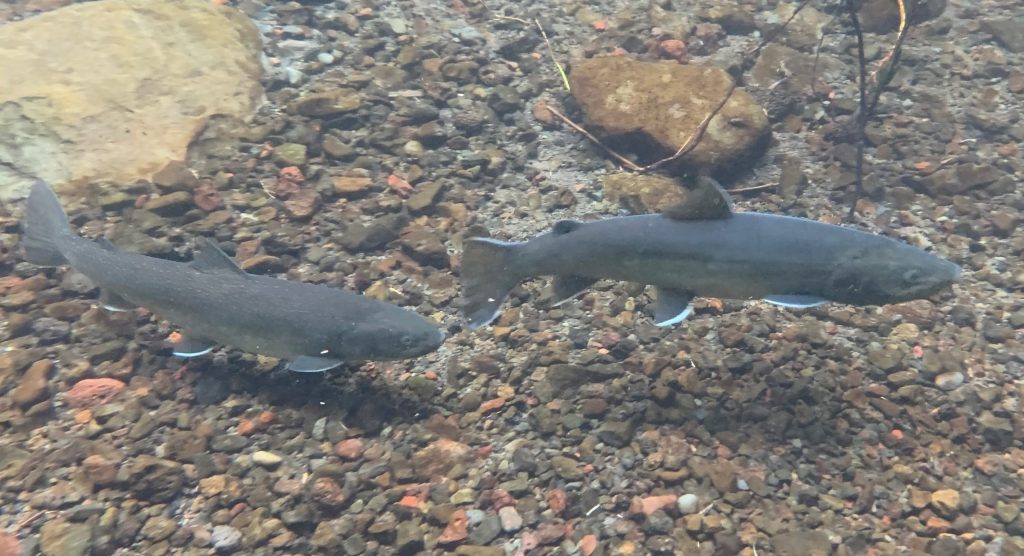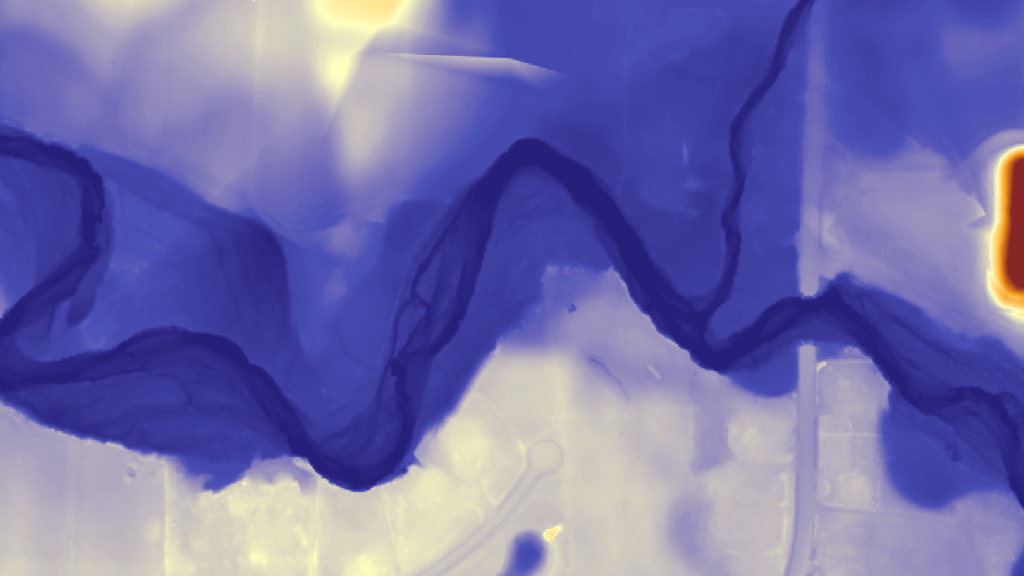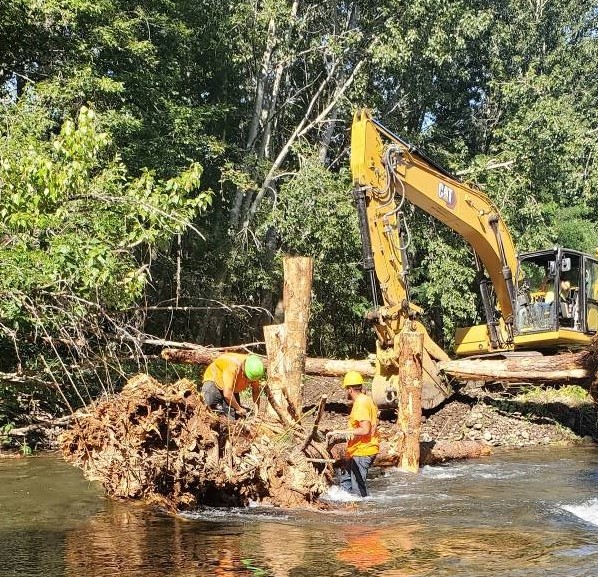The Confederated Tribes of the Umatilla Indian Reservation is working with federal, state, and local agencies, non-governmental organizations, and the public to develop a comprehensive assessment of the Upper Walla Walla River, identify any functional problems, and make recommendations on actions to help restore function to the Walla Walla River.
Latest News
This is where you will find the latest news on the project and links to data and documents produced as a part of the Upper Walla Walla River Assessment:
Vision
To establish the Upper Walla Walla River as a healthy and functional ecosystem that supports multiple uses for cultural and nutritional subsistence, species conservation, agriculture, recreation, and public safety such that the Walla Walla River sustainably supports harvestable fish populations in balance with the needs of the local community.



Goals and Objectives
Goals
Objectives
- Assess watershed function and process of the Upper Walla Walla River
- Identify restoration and conservation opportunities
- Identify actions to address problems
- Strategize implementation of actions
- Create a functional and resilient watershed
- Support sustainable and harvestable fish populations
- Support cooperation and collaboration of
- Produce a scientifically robust assessment of watershed, floodplain, and channel function
- Prioritize areas for restoration and conservation
- Develop actions that support restoration goals
- Design a 20-year strategic plan
- Implement actions in priority areas to restore function
- Enable projects that support multiple fish species populations
- Establish shared goals and understanding of healthy watershed conditions

Where is it?
The Upper Walla Walla River Assessment will focus on the Walla Walla River from the town of Lowden, Washington, to the confluence of the North and South Forks of the Walla Walla River, as well as both forks from their confluence to the headwaters in the Blue Mountains.
What Are We Doing?
The CTUIR and partners are looking to complete a functional assessment of watershed, floodplain, and channel of the Upper Walla Walla River. This assessment will be based on the CTUIR’s Upland Vision and River Vision touchstones.
Watershed Assessment
Soil Stability
Collect and summarize data related to the physical, chemical, and biological stability of the soils in the Upper Walla Walla River Watershed
Hydrological Function
Characterize the capacity of the watershed to capture, store, and release water, as well as the capacity to output high quality water into surface and groundwater.
Landscape Pattern
Collect and summarize data about the diversity, distribution, and connectivity of upland habitat types and land uses in the Upper Walla Walla River watershed.
Biotic Integrity
Collect and summarize data about the makeup and structure of upland plant and animal communities in the Upper Walla Walla River watershed.
Floodplain and Channel Assessment
Water Quality and Quantity
Collect and summarize data on water quality, including contaminants, sediment, and temperature effects. Summarize water sources and water withdrawals throughout the Upper Walla Walla River. Conduct hydraulic modelling to show locations that are expected to inundate at different flow conditions.
Connectivity
Identify and summarize any barriers to fish migration. Identify and analyze barriers to floodplain connectivity and the impact on floodplain and channel function.
Geomorphology
Summarize data on the phyisical form and function of the floodplain and channel, including identifying channel migration zones, identifying features that control the form and function of the channel, and analyzing the shape of the channel.
Riparian Vegetation
Summarize the vegetation that is currently present near the river, any invasive species, and assess the condition of the plant communities. Analyze how the current vegetation protects the river from warming.
Aquatic Biota
Summarize and analyze the fish habitat conditions present in the Upper Walla Walla River and how fish might use it. Analyze the available habitat and estimate the number of fish it might be able to support.

Identify Targets and Treatments
After the data is collected, summarized, and analyzed we will produce a functional assessment of the Upper Walla Walla River Watershed. This assessment will identify what portions of the watershed are functioning well and what portions might be a target for restoration or conservation activities. We will use the functional assessment to identify target conditions and what kinds of treatments might be appropriate to help achieve the target conditions.
Prioritization and Action Plan
Once target conditions and treatments are identified, CTUIR and partners will develop a mathematical framework to determine what areas in the Upper Walla Walla River would benefit the most from restoration or conservation activity to restore or protect the function of the floodplain and river. The results from the framework will allow us to focus restoration activity where it will do the most good and achieve the vision of a Walla Walla River that supports healthy, harvestable fish populations in balance with the needs of the local community.


